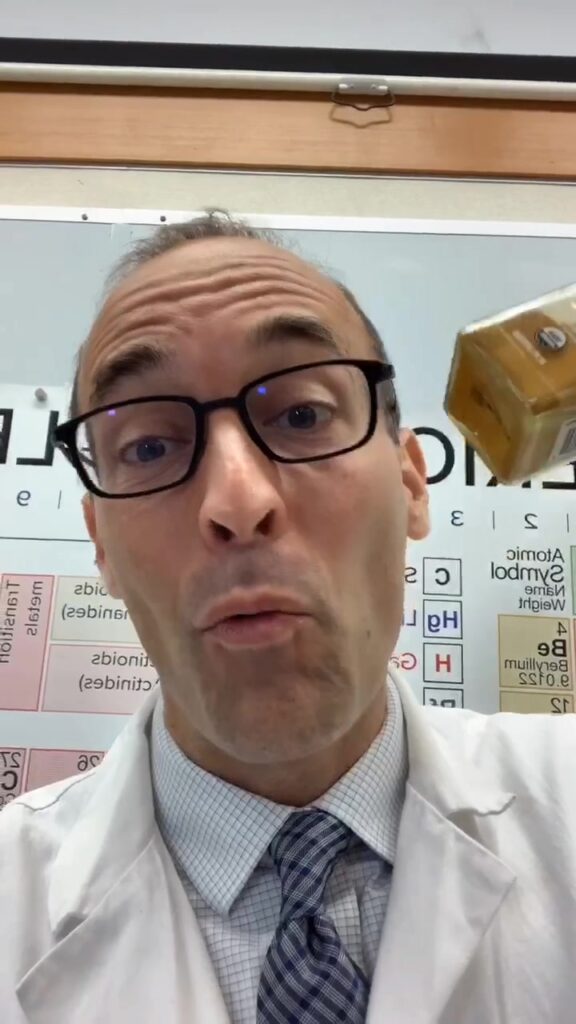
I again would use Chemistry of Cooking in a Food Science Course. I am very happy with the format the book. I feel this book gets to the point faster and doesn't overstate its position. Most books that present the concepts in the book such as measurement or energy basics would be too far out for the audience of this book. What is impressive to me is the fact that for the first 14 concepts presented in the book, it is done in a concise and example driven format. I do believe it does reach that, but as I have pointed out before, just more examples of the science of food and culinary need to be addressed. The audience for this book should come away with a technical knowledge of what the book contains. The book follows a technical style of writing, so there should be no guess work as to what each concept means or how it is presented. The book is consistence is relating the information.

The ideal audience of the book would be either Food Science Technologist or Culinary Students and the book needs to speak to them with greater examples related to culinary and food science concepts. Sometimes the book overreaches its approach to explaining concepts. The book is written in a technical style so it's important that it be accurate and explain concepts well for understanding. The likelihood of this information being obsolete is probably low. There are a variety of cooking methods that use science to prepare food today such a Sous Vide with having a steak encased on plastic and placed in a temperature stable environment. Cooking methods might change, but the science does not. The book is relevant and holds the interest. The accuracy of the book is both excellent and the explanations are fairly easy to understand. The one thing I will take from this book is Kilogram mass comes from a measure of a cube of water at. For example the information on measurement not only gives the measurement values, it gives a background on what each measure is visually. The book is accurate and gives a concise and accurate picture of the chemistry behind the different aspects of cooking. I just feel that it needs more food/culinary related examples. The information is accurate, concise and easy to understand. I think of Alton Brown videos about the science behind the cooking/baking process.

If I were to use this book it would be for a Food Science Course to instruct students on the science aspects of culinary. There are more typical examples you would find in a Chemistry Course. What it is lacking is more relation to cooking. The book has extensive coverage of the Chemical reactions, measurement, atoms, etc. Reviewed by Lisa Campbell, Instructor, Eastern New Mexico University on 12/10/21 Journalism, Media Studies & Communications +.


 0 kommentar(er)
0 kommentar(er)
